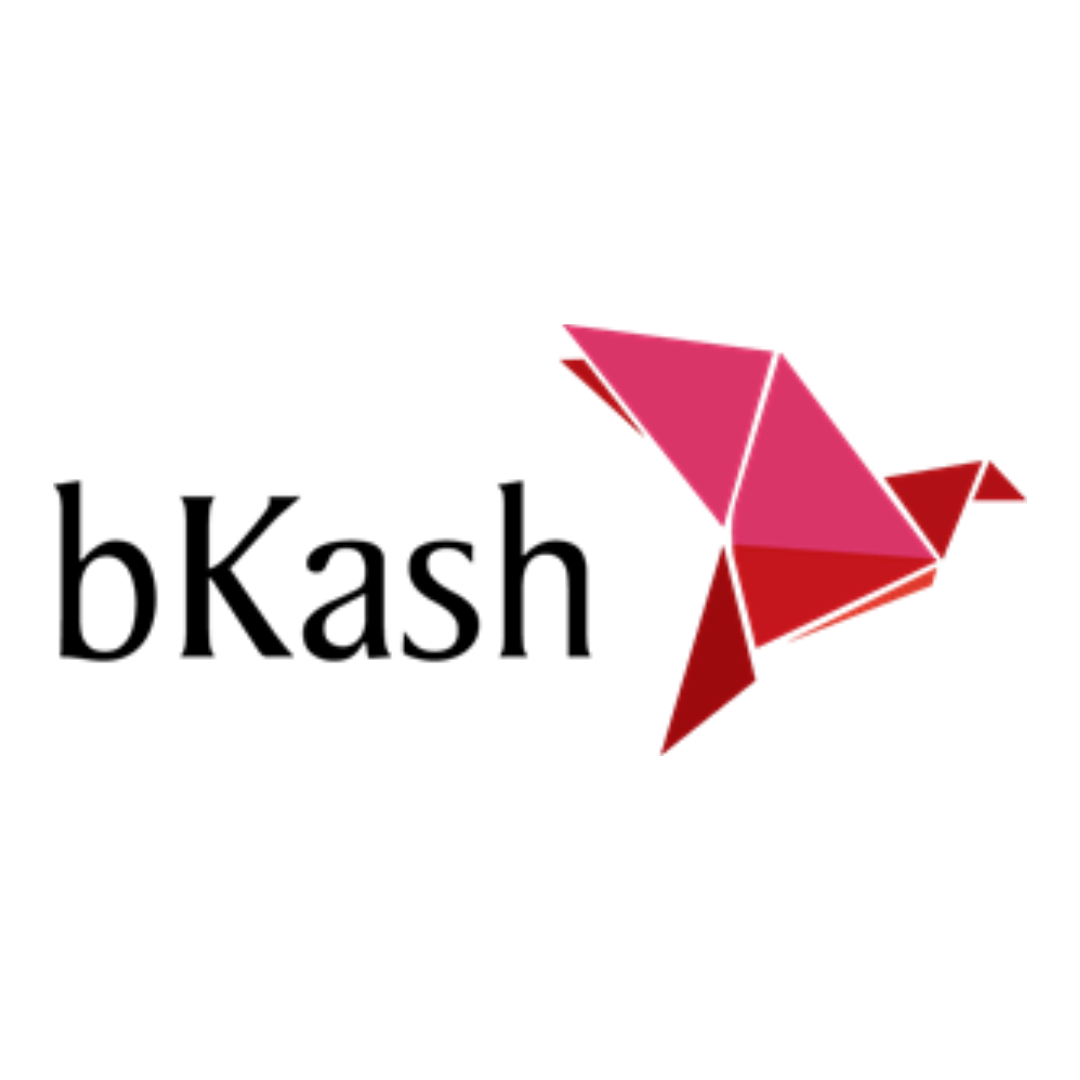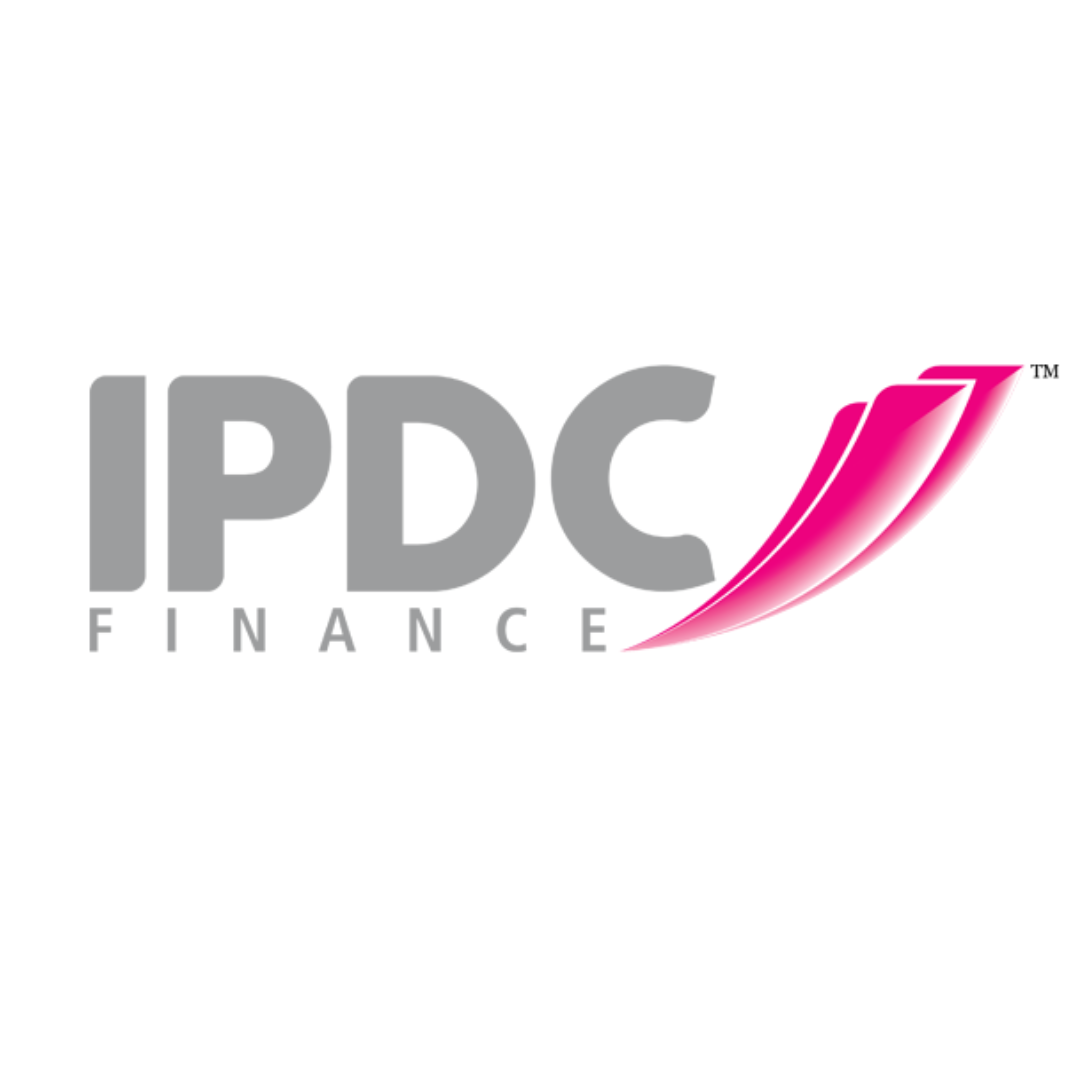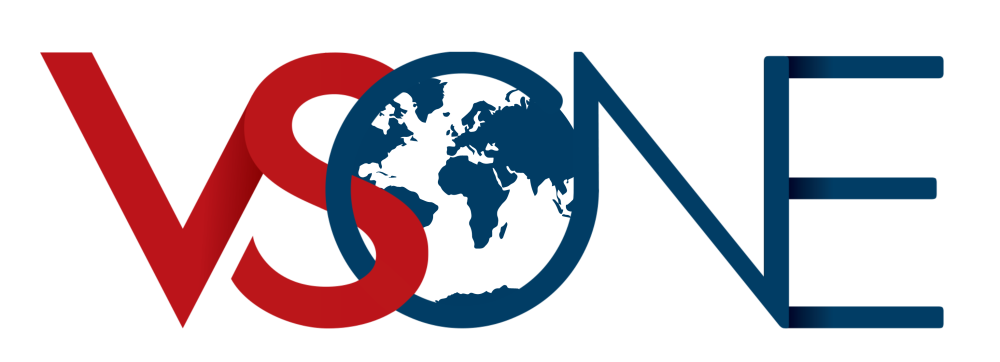Home » Solutions Analytics
Solutions Analytics
Empowering Decisions with Data
Comprehensive Analytics Solutions
Step into the future of data with VS ONE WORLD’s Analytical Solutions page. We empower organizations with bespoke analytics solutions, transforming raw data into actionable insights. Our broad spectrum of solutions includes BI Roadmap & Strategy, Data Visualization, Advanced Analytics, Automation, CRM Analytics, Data Monetization, Customer 360 Analytics, Sales Reporting, Marketing Analytics, Operations Analytics, Retail Analytics, Telecom Services Analytics, Banking & NBFI Analytics, HR Metrics & Analytics, Enterprise Data Warehousing, ETL, and BI & Data Service Deployment Consulting. Leverage the potential of data with us, driving transformative business outcomes, improving decision-making, and escalating growth. Explore how VS ONE WORLD’s Analytical Solutions can power your data-driven journey.
Bi Roadmap & Strategy
Business Intelligence (BI) roadmap and strategy is a plan for implementing a data-driven decision-making process within an organization. It involves defining the goals, identifying the key performance indicators (KPIs), selecting the right data sources, and implementing the necessary technology to enable effective data analysis.
Here are the key solutions that we provide for a BI roadmap and strategy:
Identify the business objectives that can be achieved through BI. This could be improving customer satisfaction, optimizing operational efficiency, increasing revenue, or reducing costs.
Determine the KPIs that will measure progress towards achieving the business objectives. For example, if the objective is to improve customer satisfaction, KPIs could include customer retention rate, Net Promoter Score (NPS), and customer feedback ratings.
- Identify the data sources that will provide the necessary data to track KPIs. This could include transactional systems, social media, customer feedback forms, and external data sources.
Establish data governance policies to ensure the accuracy, completeness, and security of the data. This involves creating data quality standards, defining data ownership, and establishing data security protocols
Select the appropriate BI tools and technology to enable effective data analysis. This could include data visualization tools, dashboards, and analytics platforms.
Deploy the BI solution in a phased approach, starting with a pilot project, then scaling up to the entire organization.
Provide training to the team members who will be using the BI solution. This includes training on how to use the tools and how to interpret the data.
Continuously measure the effectiveness of the BI solution and refine the strategy as necessary. This involves monitoring KPIs and adjusting the strategy based on the insights gained from data analysis.
BI Reporting Solutions
At VS ONE WORLD, we offer tailored BI Reporting Solutions for your unique business needs. Our comprehensive approach includes identifying your specific requirements, selecting the optimal technology, and designing an efficient data model. We implement robust ETL processes and develop insightful reports, while ensuring comprehensive testing and seamless deployment. Our package includes end-user training and continuous maintenance, guaranteeing your business a seamless transition to data-driven decision-making. Trust in VS ONE WORLD's BI Reporting Solutions to fuel your business's success.
Define the business requirements for the BI reporting solution, including the types of reports needed, the data sources to be integrated, the frequency of updates, and the user access requirements.
Select the BI reporting technology that best meets the requirements. This could include open-source or commercial software, cloud-based or on-premises solutions, and tools that specialize in specific types of data.
Design a data model that supports the requirements, including the data schema, data integration strategy, and data transformation rules. This should include identifying the key performance indicators (KPIs) that will be used to measure performance.
Develop the Extract, Transform, Load (ETL) processes that extract data from the source systems, transform it into the required format, and load it into the data model.
Monitor the performance of the BI reporting solution and perform regular maintenance tasks, such as data backups, software updates, and security patches. This also involves adding new reports and features as required.
Develop the reports that will be used to analyze the data, including dashboards, scorecards, and ad-hoc reports. This involves designing the report layout, selecting the appropriate visualizations, and defining the report filters and parameters.
Test the BI reporting solution to ensure that it meets the requirements, is user-friendly, and provides accurate and timely data. This should include testing the ETL processes, the data model, and the reports.
Deploy the BI reporting solution to the production environment, following a phased approach that minimizes disruption to the business
Train the users on how to access and use the BI reporting solution. This includes providing training on how to navigate the reports, interpret the data, and use the reporting features.
Data Visualization Solution
At VS ONE WORLD, we provide comprehensive Data Visualization Solutions to translate your complex data into intuitive, actionable insights. Starting from defining your unique requirements to choosing the appropriate technology, we tailor our approach to your needs. Our experts design user-friendly interfaces and robust data pipelines, develop engaging visualizations, and ensure rigorous testing for accurate, timely insights. With a smooth deployment process, customized user training, and proactive solution maintenance, we help your business gain clarity and drive informed decisions through our Data Visualization Solutions.
Define the business requirements for the data visualization solution, including the types of data to be visualized, the audience, the intended purpose, and the expected outcomes.
Select the data visualization technology that best meets the requirements. This could include open-source or commercial software, cloud-based or on-premises solutions, and tools that specialize in specific types of data.
Design a user interface that is intuitive and user-friendly, allowing users to easily explore and interact with the data. This involves selecting the appropriate visualizations, defining the report filters and parameters, and designing the report layout.
Develop the data pipeline that extracts data from the source systems, transforms it into the required format, and loads it into the data visualization platform. This may require developing custom data connectors or using pre-built connectors that integrate with the source systems.
Develop the visualizations that will be used to analyze the data, including charts, graphs, tables, and maps. This involves selecting the appropriate visualization type for the data being analyzed, designing the visualization layout, and defining the interactive features.
Test the data visualization solution to ensure that it meets the requirements, is user-friendly, and provides accurate and timely data. This should include testing the data pipeline, the visualizations, and the user interface.
Deploy the data visualization solution to the production environment, following a phased approach that minimizes disruption to the business.
Train the users on how to access and use the data visualization solution. This includes providing training on how to navigate the visualizations, interpret the data, and use the interactive features.
Monitor the performance of the data visualization solution and perform regular maintenance tasks, such as data backups, software updates, and security patches. This also involves adding new visualizations and features as required.
Advanced Analytics Solutions
VS ONE WORLD's Advanced Analytics Solution helps you unlock the full potential of your data. Using advanced analytical techniques, we delve into the depths of your data, bringing out rich insights that can guide informed decision-making. Empower your organization to gain a competitive edge by transforming raw data into meaningful, actionable knowledge with our solutions.
Automation Solutions
At VS One World, our primary focus on Automation is to enhance productivity and enable your human resources to focus on strategic, value-added tasks. By seamlessly integrating automation into your processes, we aim to streamline operations, mitigate errors, and boost efficiency, thus allowing your team to dedicate their time and skills to higher-level responsibilities. Embrace the future of work with us – empowering people and machines to work in harmon

Robotic Process Automation (RPA)
Streamline repetitive tasks with RPA, enabling high-volume, highly accurate operations while freeing up staff for strategic endeavors.

SQL
Automation
Automate your SQL processes, enhancing the efficiency and accuracy of database management and ensuring optimal performance.

VBA (Visual Basic for Applications)
Harness the power of VBA to automate tasks in Microsoft Office applications, making data manipulation and analysis faster and more efficient.

Excel Macro
Leverage Excel Macros to automate repetitive tasks, optimizing your workflow, saving time, and reducing the potential for human error.

Microsoft Access
Utilize Microsoft Access for robust, flexible database management. With its user-friendly interface, Access simplifies data storage, query, and reporting.
Data Monetization & Services
Data monetization refers to the process of generating revenue from data by leveraging its value as an asset In order to successfully monetize their data, companies need to have a clear understanding of the value of their data assets and the potential use cases for their data. They also need to have the right data infrastructure and governance practices in place to ensure that the data is accurate, accessible, and secure.
This service entails crafting tailor-made data products that can be integrated into your current business model or sold to generate a new stream of revenue. Leveraging the potential of your unique data, we design and build data-oriented solutions ranging from predictive analytics models to data-driven applications. These products not only utilize your data assets to their full potential but also offer actionable insights to drive informed decision-making.
With our data services, we offer a suite of specialized capabilities aimed at extracting, processing, and analyzing your data. Our services cover a wide spectrum, including data cleaning, data enrichment, and data analysis, helping you turn raw data into valuable insights. Whether you’re aiming to provide data-as-a-service to your clients or looking to leverage data internally, we ensure that your data is ready to deliver value at every touchpoint.
We enable you to capitalize on your data within your organization, unlocking its inherent value for internal operations and decision-making. By applying advanced analytics techniques, machine learning models, and predictive algorithms, we transform your data into actionable intelligence. This allows your organization to make data-driven decisions, optimize processes, reduce costs, and drive profitability. This internal monetization strategy helps you realize the full potential of your data assets without externalizing them, ensuring you maintain control and security over your data.
Big Data Warehousing Services
Big data warehousing services refer to the collection, storage, and management of large and complex data sets that organizations use for analytical and reporting purposes. Here are some key components of big data warehousing services:
Big data warehousing services involve the collection of data from various sources, such as social media, web logs, customer transactions, and other internal and external sources.
The collected data is stored in a centralized repository, such as a data warehouse or data lake. This allows organizations to store large amounts of data and make it accessible for analysis and reporting.
Big data warehousing services often involve the use of specialized tools and technologies for processing and managing large data sets, such as Hadoop, Apache Spark, and Apache Kafka.
Big data warehousing services enable organizations to analyze large data sets and gain insights that can inform business decisions. This can involve the use of data visualization tools, predictive analytics, and machine learning algorithms.
Big data warehousing services involve the implementation of policies and procedures for managing data quality, security, and privacy. This ensures that the data is accurate, reliable, and compliant with regulatory requirements.
big data warehousing services are critical for organizations that need to manage and analyze large and complex data sets. By leveraging big data warehousing services, organizations can gain insights that can inform business decisions, improve operational efficiency, and drive business success.
Master Data management
Master data management (MDM) is a comprehensive approach to managing an organization's critical data assets, such as customer, product, and employee data. MDM involves the development of processes and systems to ensure that master data is accurate, consistent, and up-to-date across the organization.
Here are some key components of master data management:
MDM involves the implementation of policies and procedures for managing data quality, security, and privacy. This ensures that the data is accurate, reliable, and compliant with regulatory requirements.
MDM involves the integration of master data from multiple sources, such as operational systems, data warehouses, and external sources. This allows organizations to consolidate their master data and gain a comprehensive view of their operations.
MDM involves the development of data models to define the structure and relationships of master data. This ensures that the master data is organized and standardized across the organization.
MDM involves the use of tools and technologies for managing data quality, such as data profiling, data cleansing, and data enrichment. This ensures that the master data is accurate and consistent across the organization.
MDM involves the assignment of data stewardship responsibilities to individuals or teams within the organization. Data stewards are responsible for maintaining the quality and consistency of the master data.
master data management is critical for organizations that need to ensure the accuracy and consistency of their critical data assets. By leveraging MDM, organizations can improve operational efficiency, reduce the risk of errors and inconsistencies, and make informed decisions based on reliable data.
Extract, Transform, Load (ETL)
It is a process used in data warehousing and business intelligence to extract data from various sources, transform it to fit the desired format, and load it into a centralized repository such as a data warehouse.
Here are some key components of the ETL process:
The first step of the ETL process is to extract data from various sources, such as operational databases, spreadsheets, and web logs. This involves identifying the relevant data and selecting the appropriate data extraction tools.
The extracted data is then transformed to fit the desired format. This involves cleaning and filtering the data, removing duplicates, and merging data from different sources. This step also involves transforming the data into a common format that can be loaded into the data warehouse.
The final step of the ETL process is to load the transformed data into the data warehouse. This involves selecting the appropriate data loading tools and techniques, such as bulk loading or incremental loading.
the ETL process is critical for organizations that need to consolidate data from various sources and make it accessible for analysis and reporting. By leveraging the ETL process, organizations can improve data quality, reduce the risk of errors and inconsistencies, and gain insights that can inform business decisions.
System Optimization
System optimization refers to the process of improving the performance and efficiency of a computer system or network by optimizing its configuration, resources, and software. This involves identifying and resolving bottlenecks, reducing system downtime, and improving overall system performance.
Here are some key components of system optimization:
The first step in system optimization is to conduct a comprehensive analysis of the system to identify areas for improvement. This involves analyzing system logs, performance metrics, and user feedback.
System optimization involves allocating system resources, such as CPU, memory, and disk space, in an optimal manner. This includes optimizing the configuration of hardware components, upgrading hardware as necessary, and ensuring that software applications are properly configured.
System optimization involves optimizing system configuration settings to ensure that the system is running at its optimal performance. This includes adjusting system settings such as power management, network settings, and system security settings.
System optimization involves optimizing software applications to improve system performance. This includes optimizing the configuration of the operating system, upgrading software applications as necessary, and ensuring that software applications are properly configured.
System optimization involves monitoring the system on an ongoing basis to ensure that it is running at optimal performance. This includes conducting regular maintenance tasks such as software updates, system backups, and security patches.
system optimization is critical for ensuring that computer systems and networks are running at optimal performance. By leveraging system optimization techniques, organizations can improve system performance, reduce downtime, and improve overall productivity.
Enterprise Data Warehousing
Enterprise data warehousing (EDW) is a comprehensive approach to data warehousing that enables organizations to integrate data from multiple sources and store it in a centralized repository. EDW involves the use of various tools and technologies to manage large and complex data sets, and provide a comprehensive view of the organization's data.
Here are some key components of enterprise data warehousing:
EDW involves the integration of data from multiple sources, such as operational databases, data marts, and external sources. This allows organizations to consolidate their data and gain a comprehensive view of their operations.
The integrated data is stored in a centralized repository, such as a data warehouse or data lake. This allows organizations to store large amounts of data and make it accessible for analysis and reporting.
EDW involves the use of specialized tools and technologies for managing data quality, security, and privacy. This ensures that the data is accurate, reliable, and compliant with regulatory requirements.
EDW enables organizations to analyze large data sets and gain insights that can inform business decisions. This can involve the use of data visualization tools, predictive analytics, and machine learning algorithms.
EDW involves the use of business intelligence tools to create reports, dashboards, and scorecards that provide insights into business operations.
enterprise data warehousing is critical for organizations that need to manage and analyze large and complex data sets. By leveraging EDW, organizations can gain a comprehensive view of their operations, make informed decisions, improve operational efficiency, and drive business success.
Consulting of BI & Data Service Deployment
Our role involves providing businesses with specialized guidance and support in the areas of data analytics, data warehousing, and reporting. We work closely with clients to gain a deep understanding of their business needs and data requirements, and then design and deploy data solutions that enable them to make informed decisions, improve operations, and achieve their objectives.

Outsourcing of Skilled Resources
Outsourcing skilled resources plays a critical role in ensuring we have the necessary talent and expertise to deliver high-quality services to our clients. Through outsourcing, we are able to tap into a wider pool of skilled professionals who bring diverse perspectives and experiences to our team. This allows us to leverage their expertise in areas where we may not have in-house capabilities.

Clients
We're privileged to serve diverse organizations with our analytics expertise. Arogga, a healthcare startup, and bKash, a financial services pioneer, use our data insights to drive their operations. The International Development Planning Center (IDPC), UNICEF, and Unimart, a leading retailer, also trust us for strategic, data-backed decisions. These noteworthy clients underscore the value and impact of our analytics solutions across various sectors.





Esteemed Partners
We proudly collaborate with globally acclaimed tech giants, Salesforce and Microsoft, in our analytics journey.
Salesforce, the world's leading CRM platform, empowers our ability to harness customer data and transform it into actionable insights. This partnership amplifies our ability to deliver superior customer experiences and drive growth.
In alliance with Microsoft, we leverage their robust analytics and AI tools, including Azure and Power BI. This enables us to provide industry-leading data analysis, business intelligence, and machine learning capabilities to our clients, further strengthening our analytical services. Together, we strive for innovation and excellence in the world of data analytics.


About Company
VS ONE WORLD is a global technology solutions provider, renowned for delivering innovative, quality solutions across sectors. With strategic partnerships and a customer-centric approach, it empowers businesses to thrive in the digital era, instilling trust and exceeding expectations.
Contact Us
VS ONE WORLD (PTE) LTD,
No 31, Cantonment Road,
Singapore (089747)
+65-31585078
info@vsoneworld.com






